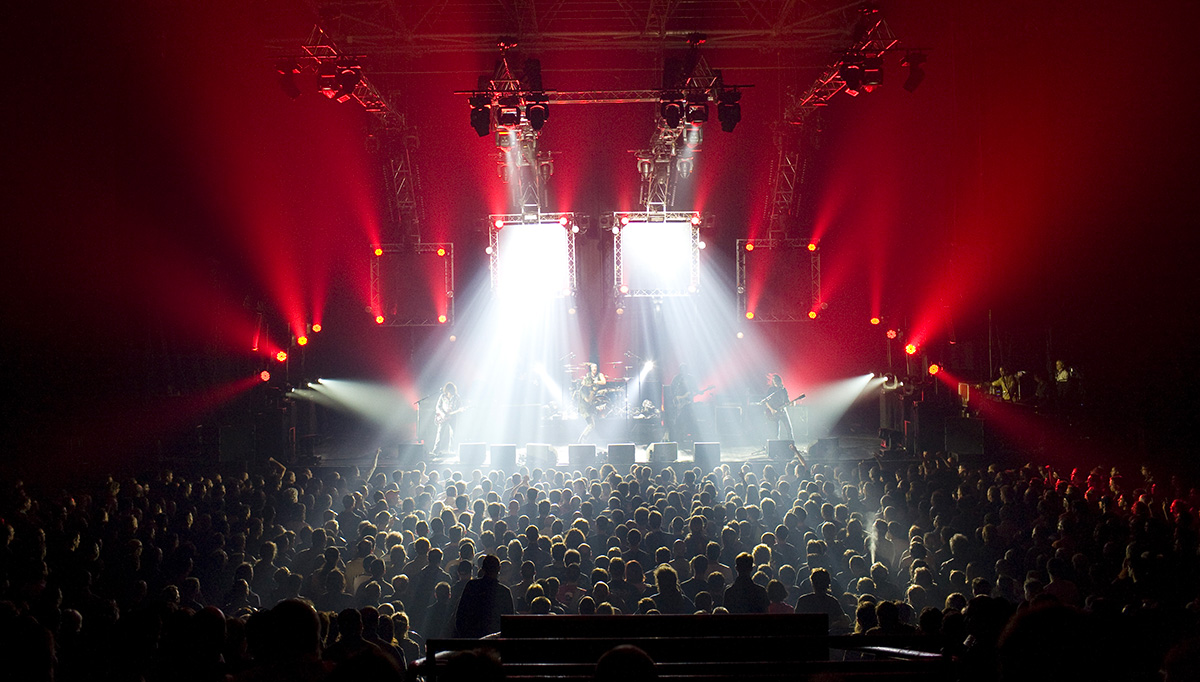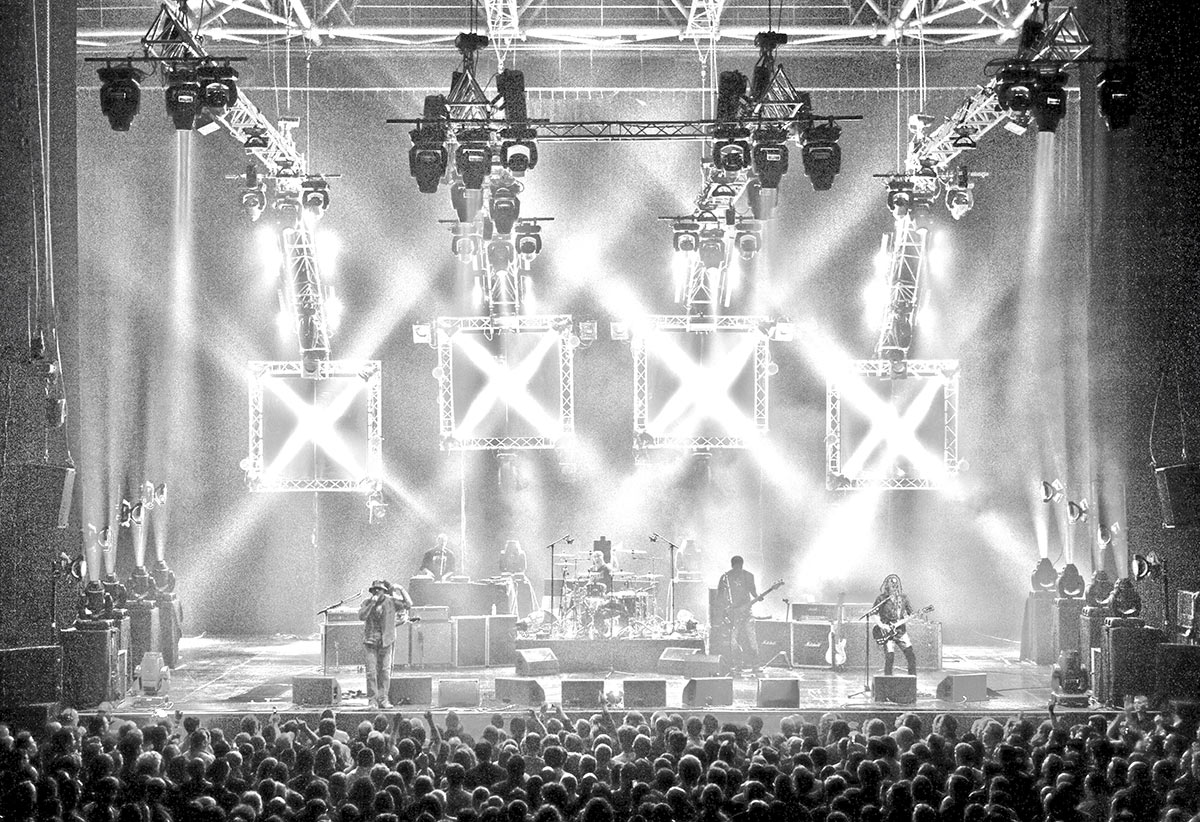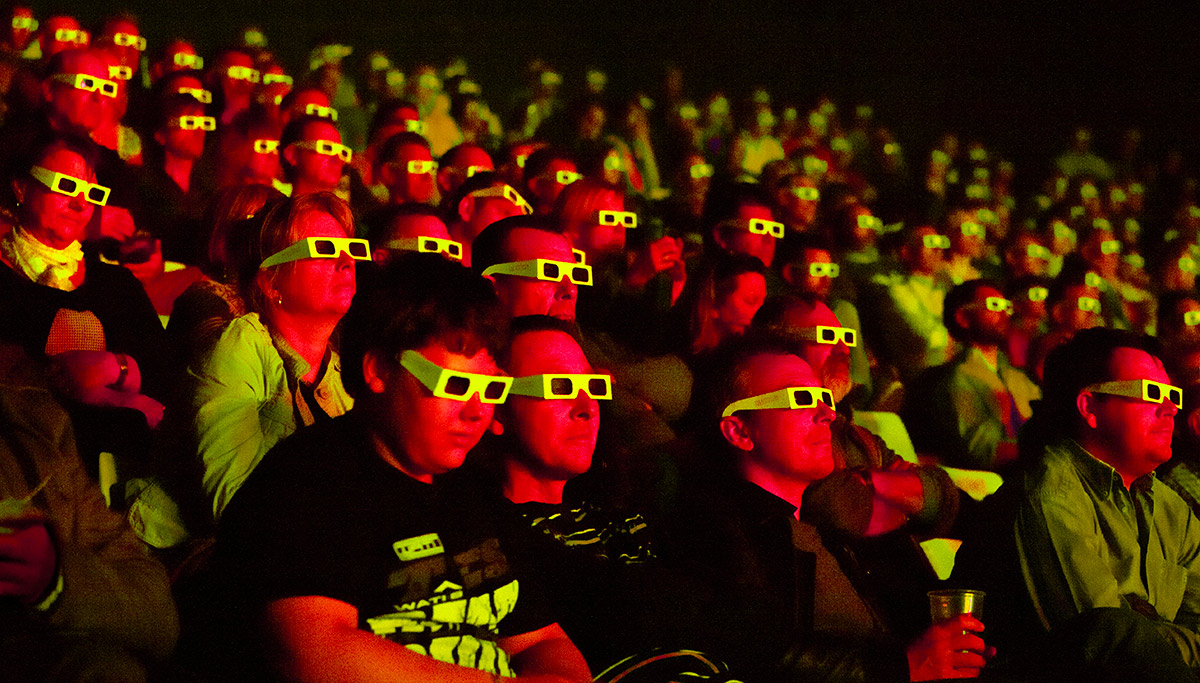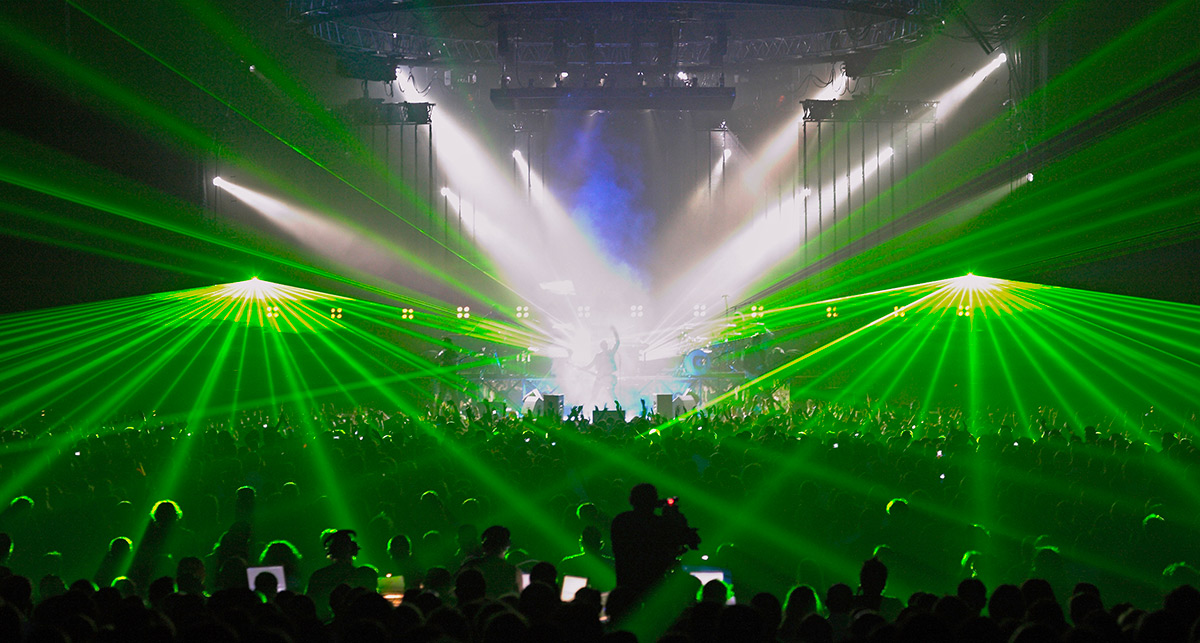It has taken years, but it seems that sound is finally making its way back to centre stage, determined not to be upstaged by lighting, video and set design, the purveyors of dreams in live shows. It was about time. With the exception of the line source, which revolutionised sound reinforcement in the mid ’90s, not much has been done to support the old maxim that a concert can go on without the lights, but not without the sound.
Full range cardioid enclosures have appeared, the older ones will say reappeared, as have mechanical and electronic control of horizontal coverage, smoothing of vertical coverage and, above all, object-based immersive sound. This last technology has proven to be a formidable breakthrough with respect to left/right, offering a larger number of spectators a broad sonic image that is coherent with the scenography and, above all, doing away with the interference of pseudo-stereo that forces over-processing of the sources to preserve the essential. As a result, today’s sound has become spacious, precise, dynamic, faithful and can even take the audience into total immersion, if the show lends itself to it.
There’s plenty to enjoy without getting hurt
And what about the SPL of the cabinets? It continues to increase steadily, with the help of the greater sensitivity and reliability of the transducers, which are swaddled in presets that prevent damage, despite the incredible voltage peaks that add dynamics and tremendous impact to the sound.
Big 4” dome drivers are now delivering quality high end. Dual annular drivers are proving a great success, and a very promising new Kevlar dome tweeter has just been unveiled. In addition, waveguides are able to create and phase coaxial arrangements, providing even greater precision, range and astonishing finesse at the top end of the spectrum.
The levels could be potentially outrageous, but the new systems have been made linear and it’s possible to obtain great sound even at 95 dBA. They unite power, precision, weight, throw range and price, but with added fidelity. There’s plenty to enjoy without getting hurt. What emerges from today’s sound is a new, firmer, purer power, but there is also an accuracy and subtlety that the race for SPL and range of yesteryear had locked away in a flight case. Never has the expression “an iron fist in a velvet glove” been more apt to describe modern sound reinforcement.
However, we still dream of totally taming sound, of making it as malleable as light. We marvel at a profile spotlight, we sigh at the arabesques of a moving head, we dream of the perfect coupling that’s possible between beams of light. We’ve certainly made progress in terms of vertical and horizontal consistency and throw, but we want to take things even further.
On veut aller encore plus loin
So, to use an analogy with certain aircraft, we came up with what we might call unstable systems, i.e. systems that cannot function additively without having as many DSPs and amplifiers as they do transducers. And there can be a whole lot of transducers. New generation loudspeakers designed with the promise of absolute sonic flexibility.
Sound if I want it, when I want it and where I want it is becoming the mission of certain manufacturers, the very philosophy of their products and not just an option. Does it work? Yes, the results are amazing and the user interfaces are impressive as well. Does it sound good? The answer to this is more complex, and requires more thought.
We all know, if only because we’ve tried it, that the more you call in armies of processors to the rescue, the more the sound loses its transients, its dynamics and, ultimately, its clarity. It makes you wonder whether the cure is worse than the disease. I’m reminded of a good line array capable of avoiding a zone, able to ‘map’ the sound with reasonable efficiency, but with a sound that was too processed, too artificial, especially for a French ear that is both attentive and sometimes very critical.
Sound that can both be moved and move the audience
Consider a medium-sized room with a balcony, some obstructed and some reflective areas. Is it possible to guarantee a proper contour, impact in the low frequencies and excellent distribution and definition at the top end of the spectrum everywhere? The answer is yes for a classic left/right arrangement, and even more so for an object-based frontal deployment, with a central infra point and a few fills for both solutions.
The same is true of a modern ultra processed system capable of delivering customised horizontal and vertical coverage, directivity all the way down to the bass frequencies, and with sufficient resources to provide a sonic localisation that corresponds to the visual positioning when driven by an object-based matrix.
Assuming that the cost of the two systems is similar, the difference will lie in the flexibility and simplicity of their implementation, and the nature of the performance. In the case of the traditional distributed and object-based system, it will be necessary to use a few enclosures to fill in the gaps, and to negotiate with the set designer for the placement of the boxes and for the possibility to fly the subs centrally.
On the other hand, you will have excellent sound, with the possibility of cardioid coverage from the infra-bass as well as from the heads, and an appropriate surface area of diaphragms and number of transducers, offering the dynamics and contour required for effective musical use. Sound that can both be moved and move the audience.
The way the modules work means you can send sound everywhere
In the case of the ultra processed system, the nature of the steering and the way the modules work means that you can send sound anywhere with, if necessary, practically the same SPL and tonal balance for every seat. The same system also allows you to isolate what needs to be isolated, to avoid reflections from the ceiling, and to ‘close’ a seating area if the audience is not in it, all at the click of a mouse. This flexibility is not only incredibly impressive, but also totally unprecedented.
The only problem is that in order to deliver this range of possibilities, the ultra processed system moulds the sound, which implies a loss of transients, depth and naturalness. And this is something that can also be felt when an algorithm for smoothing the SPL and the irregularities in the frequency response of a major brand’s line arrays is pushed to its limits.
Added to this is a proximity effect with, for example, lead vocals that wrap around your head as if you were wearing headphones, while the singer is at least 30 metres away… This type of effect may appeal to an audience eager for sensations, but much less to those wishing to attend a concert that requires very high fidelity, like classical or jazz.
Let’s not forget the bottom end of the spectrum
Finally, to build the low end and obtain the contour, a dose of infra-bass and the impact that are vital for a live performance, as well as uniform distribution, we need extensive diaphragm surface area and the ability to modulate between bass reinforcements at the top of the array to lengthen it, flown subs, subs on the floor, both, all three… in other words, the best possible strategy and design for the venue and for the artistic requirements.
This is easy to do using traditional systems, but much less so using full-range systems that, as of now, incorporate few or no transducers capable of generating the dynamic bass needed for modern music, without additional bass units or subs.
Does this mean that these incredible systems miss the mark? No, but their impressive aspects come at the cost of some objective criteria that make them more desirable for being the show than for reproducing it. Having said that, it’s hard to imagine this technology not being used in places where the volume, reverb time or size make it essential to concentrate the pressure specifically on the desired areas.
The same goes for dynamic zoning or very specific effects. To this end, though, new dedicated, smaller and more discreet models of ultra processed loudspeakers have appeared, bringing their flexibility to applications with tighter budgets and lower requirements in terms of SPL and frequency range.
Since this is a very recent technology, we should bear in mind that, as the power of processors continues to increase, we’ve seen nothing to make us doubt that, in a few years’ time, we’ll see a product capable of delivering sound that’s as natural as it is effective, accompanied by a whole range of bass speakers generating the pressure and coverage needed to ‘stick’ to what the heads can do and satisfy artists in their quest for contour. It’s a vast undertaking.
Until then, I’ll have a special place in my heart for the luthiers of plywood, titanium and Kevlar, the heavy hitters of electro-acoustics for whom DSP is more of a condiment than an ingredient.
Sound is not or no longer indomitable, but it will always make whips and spurs pay dearly.











